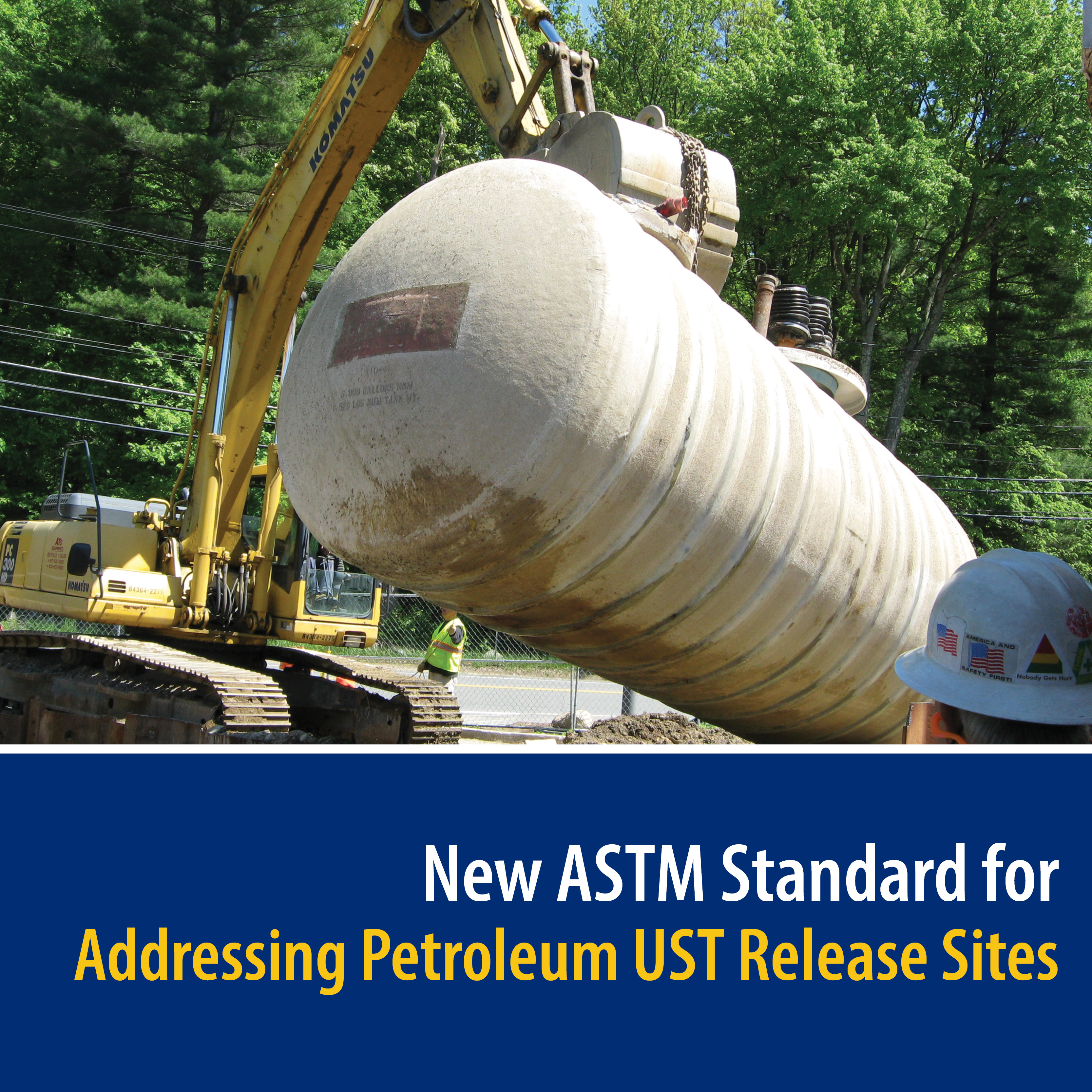New ASTM Standard for Addressing Petroleum UST Release Sites

The following statement was issued by Mark Barolo, head of EPA’s Office of Underground Storage Tanks (OUST) on June 6, 2025: ASTM E3488-25 Standard Guide for Moving Sites to Closure (MStC) for Petroleum Underground Storage Tank (UST) is now final and can be previewed and purchased online. A Task Group that included state, Tribal, and EPA UST cleanup regulators as well as state fund administrators, owners, cleanup consultants, insurance companies, and academics worked for several years to develop the standard.
MStC provides a framework, based on the latest science and best practices, for moving open petroleum UST releases to closure. It is a protective approach that focuses on addressing exposure to human and ecological receptors. It has sections on assessing the adequacy of the conceptual site model (CSM), evaluating alternative closure criteria, overcoming non-technical barriers, and assessing cleanup progress and determining when to change strategy.
GES encourages our clients and staff to learn more about the MStC standard and consider whether adopting all or part of it could improve petroleum UST corrective actions. One of the primary motivations behind the development of this new standard is to provide state agencies with a scientifically based, thoroughly vetted and defensible process to address lingering UST cases that may not meet conventional standards for closure but can be demonstrated to represent limited or acceptable risk to allow for closure. The intent is to offer an avenue to address stubborn projects and case backlog. A summary of the benefits for adopting or using ASTM E3488-25 includes the following:
- Encourages state and federal regulators to consider this information for adoption into future regulation and apply it today where discretion under current regulations allows
- Provides responsible parties and their consultants with information to encourage the use of discretion for closure of sites that do not pose a risk to human health or the environment even when site conditions (e.g., LNAPL presence, soil gas, groundwater quality) may not meet current closure criteria
- Allows for the use of multiple lines of evidence in creating CSMs and risk profiles supporting case closure where such an outcome may not be otherwise attainable
- Covers non-technical barriers to closure including non-responsive RPs or site access limitations
If you would like more information on MStC or upcoming MStC training programs, please contact our GES Subject Matter Expert Chris Mulry (CMulry@gesonline.com) for additional information.